A walk back in time in Kawagoe
For many, the greatest allure of traveling in Japan is the chance to feel like you've walked back into the past. Walking amongst stone statues in an ancient temple, down a tiny back alley lined with centuries-old dark wood buildings, onto the tatami floor of a traditional inn.
While these places really do exist in Japan, walking through the concrete jungles of Tokyo or Osaka or Japan's other modern urban landscapes, discovering an authentic historical district can feel almost like an impossibility.
Like many special places in Japan, though, if you look just a little beyond the big city thoroughfares, you'll often find the real gems.
The old trading town of Kawagoe in Saitama Prefecture is a place that offers this kind of taste of Japan's history. Kawagoe was a town made rich during the Edo Period (1603-1868) by its successful merchants. They displayed their wealth in their town's impressive architecture, and collected influence that even caught the attention of Japan's most powerful shogun. And fortunately for us today, the town has preserved its history well.
To explore Kawagoe for myself, I set an easy daytrip itinerary starting from Tokyo's Ikebukuro Station. Taking the Tobu Tojo Line north just 30 minutes to Kawagoeshi Station, I started my day with a quick 15-minute walk to one of Kawagoe's most interesting sites: Kitain Temple.
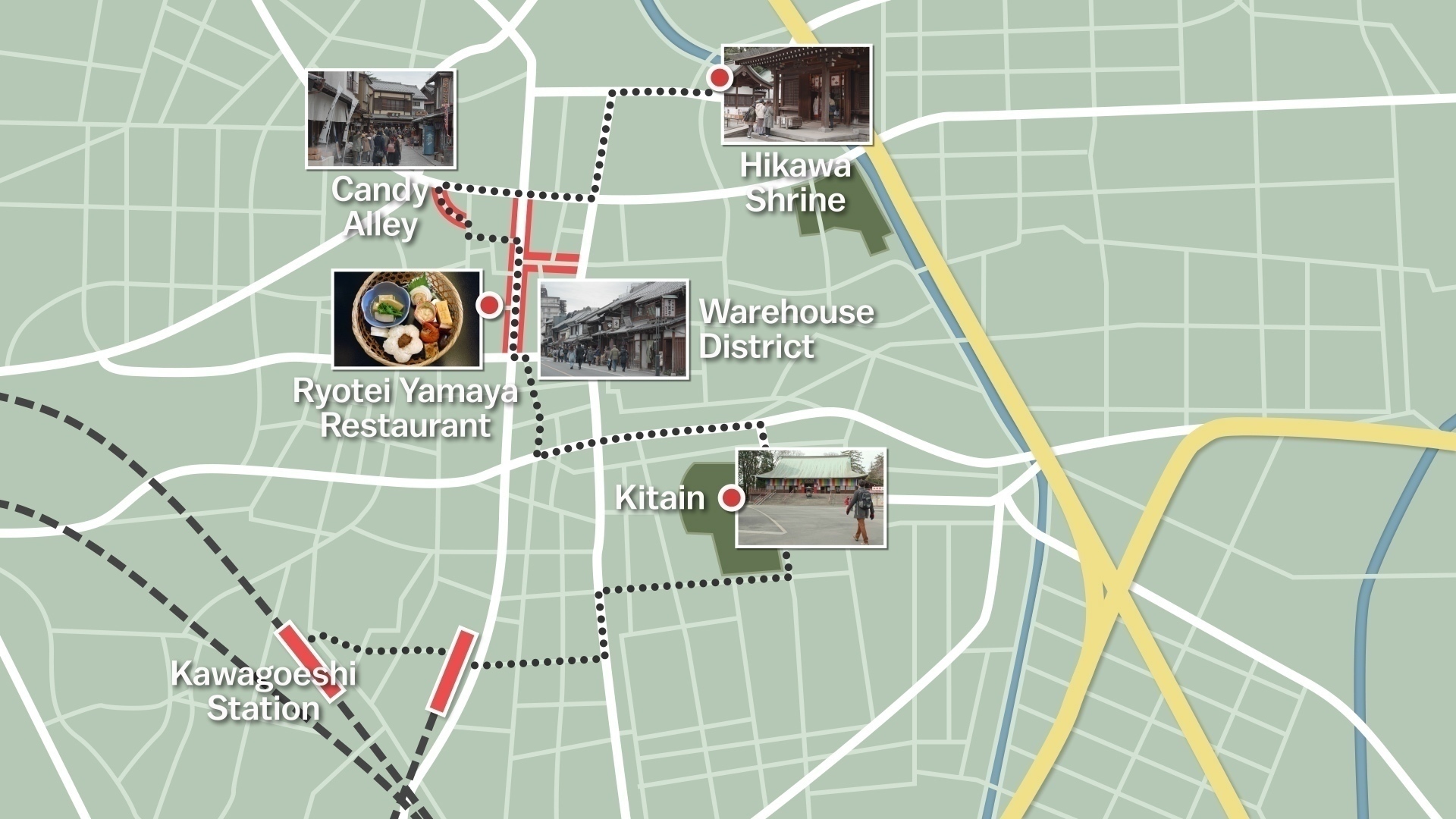
Historic Kitain Temple
Despite its modest settings tucked away in a quiet city neighborhood, Kitain is one of the most important Buddhist temples in the Kanto Region. Not only is it the head temple of the Tendai Sect in the region, its grounds also host a priceless historical artifact.
At the start of the Edo Period, the temple's head priest, Tenkai, was a huge personality who managed to befriend the first three Tokugawa shogun, the ruling military leaders of Japan. In 1638, a fire destroyed most of Kitain. Possibly thanks to that friendship, Tokugawa Iemitsu, the third shogun, decided to help in the reconstruction of the temple by literally moving several buildings from his own Edo Castle (in modern day Tokyo) to Kitain.
Today, Edo Castle itself has not survived, but the palace buildings at Kitain still remain and are open to the public.
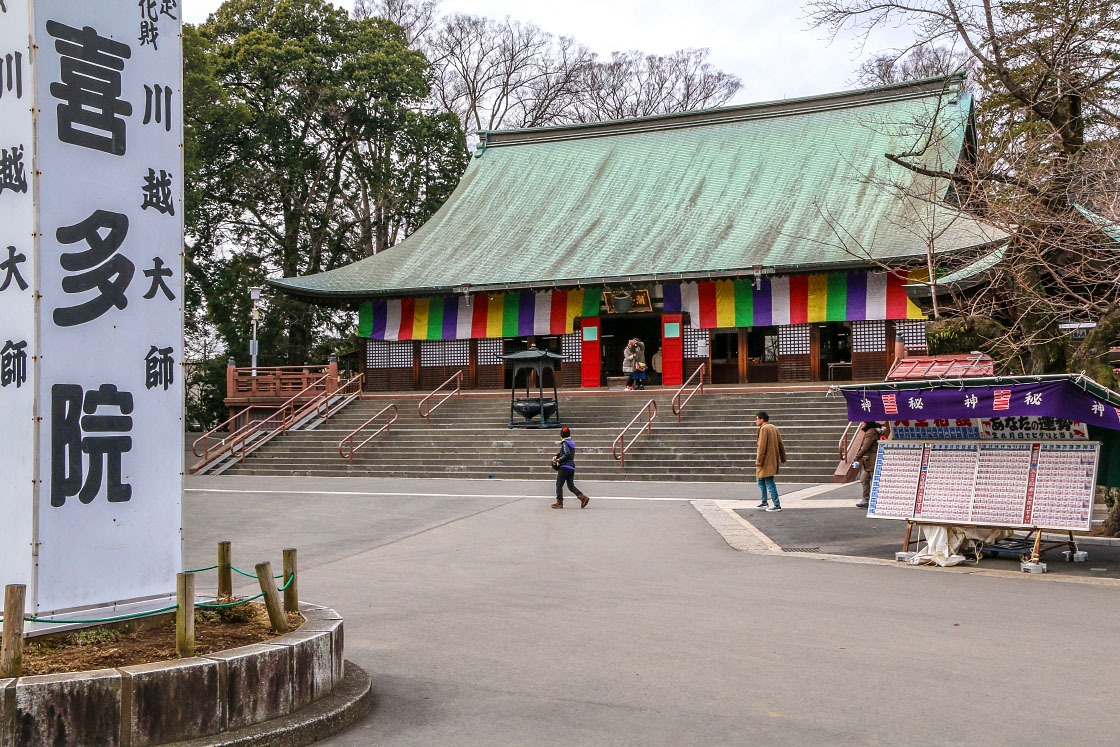
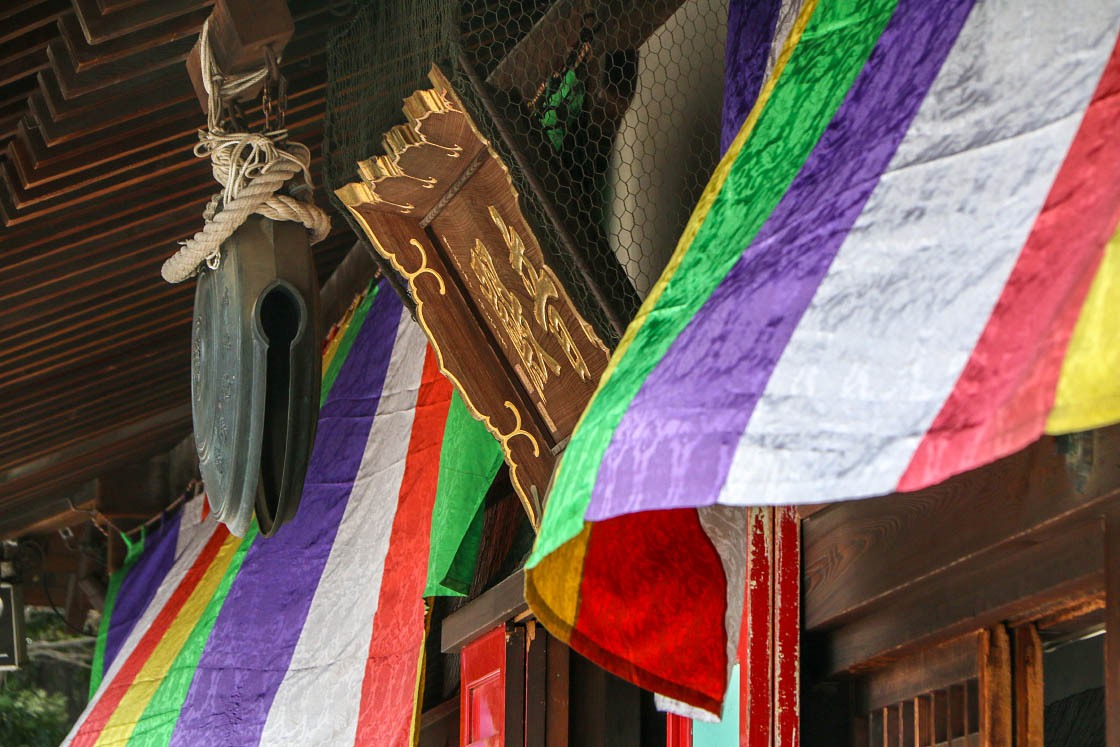
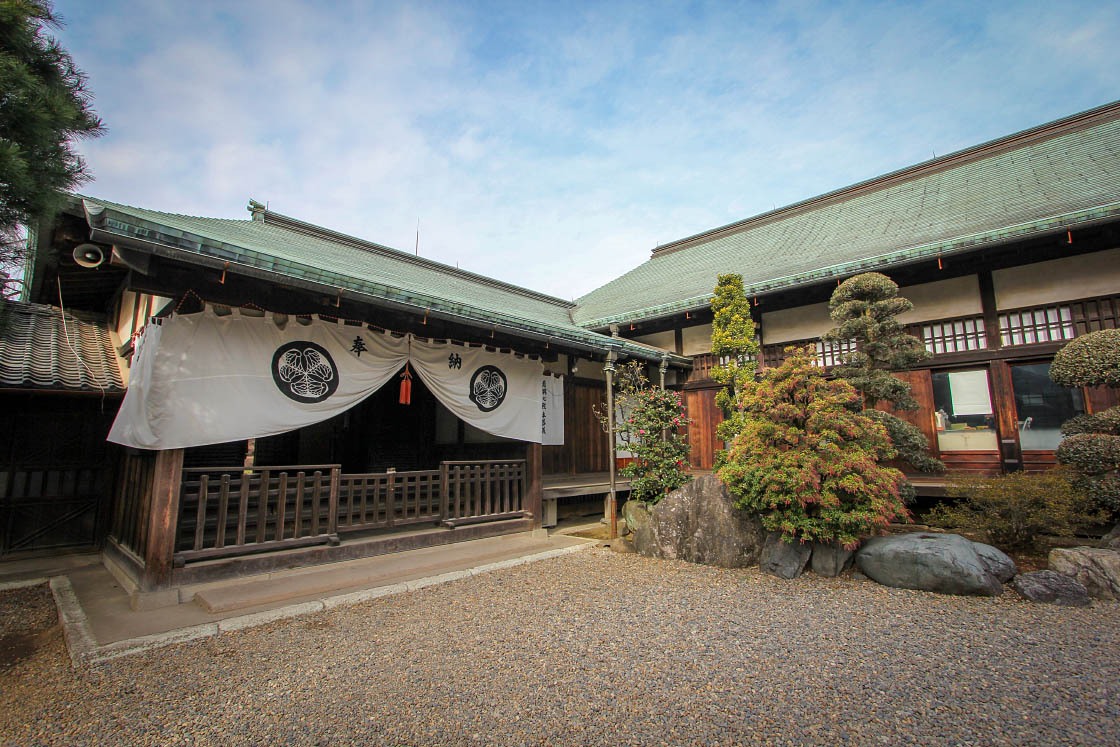
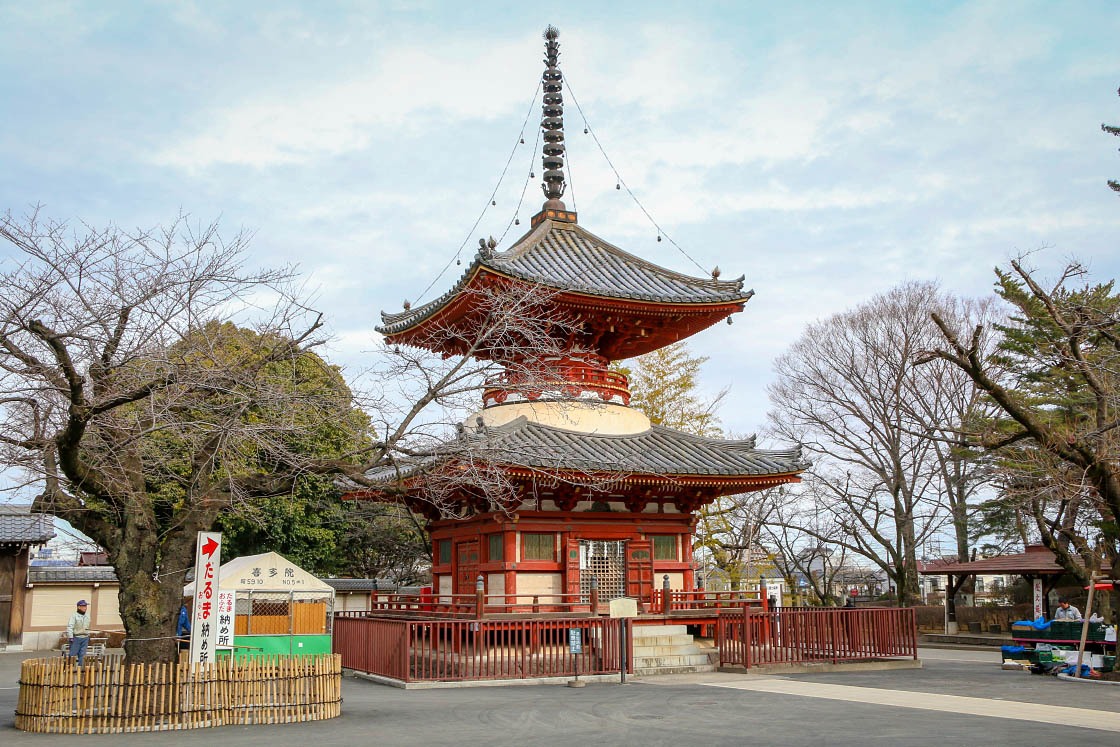
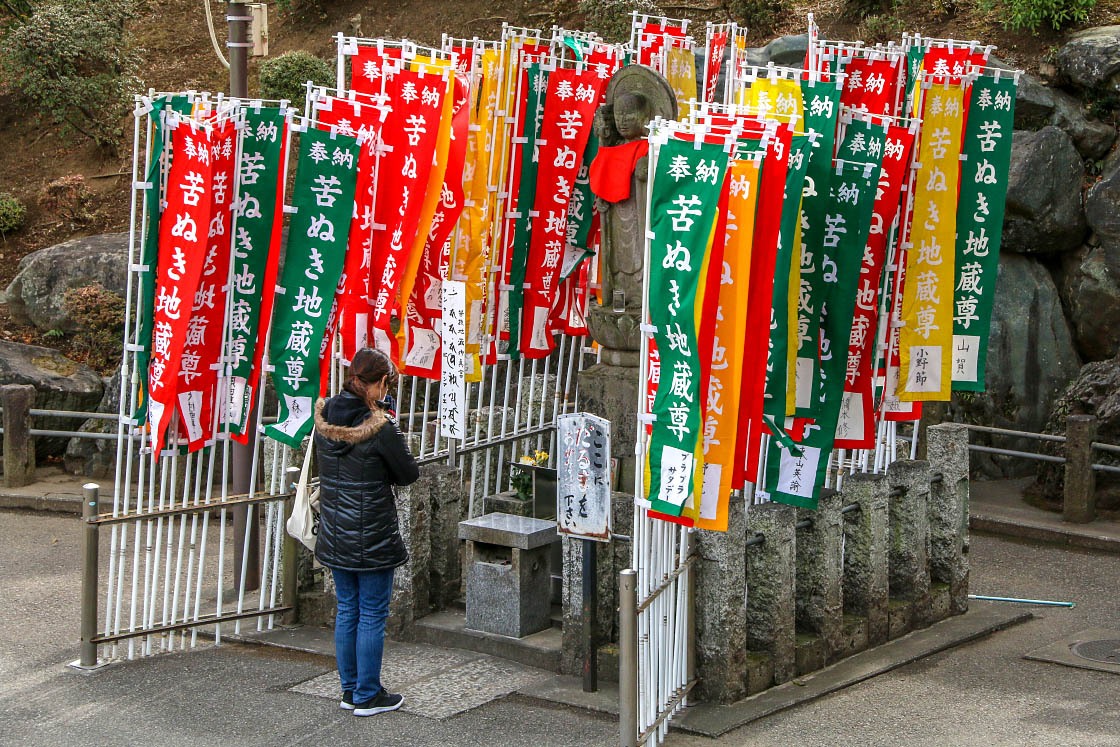
Another highlight of the temple is a small courtyard containing 540 stone statues called rakan. They represent the disciples of Buddha, each one with its own unique face and expression.
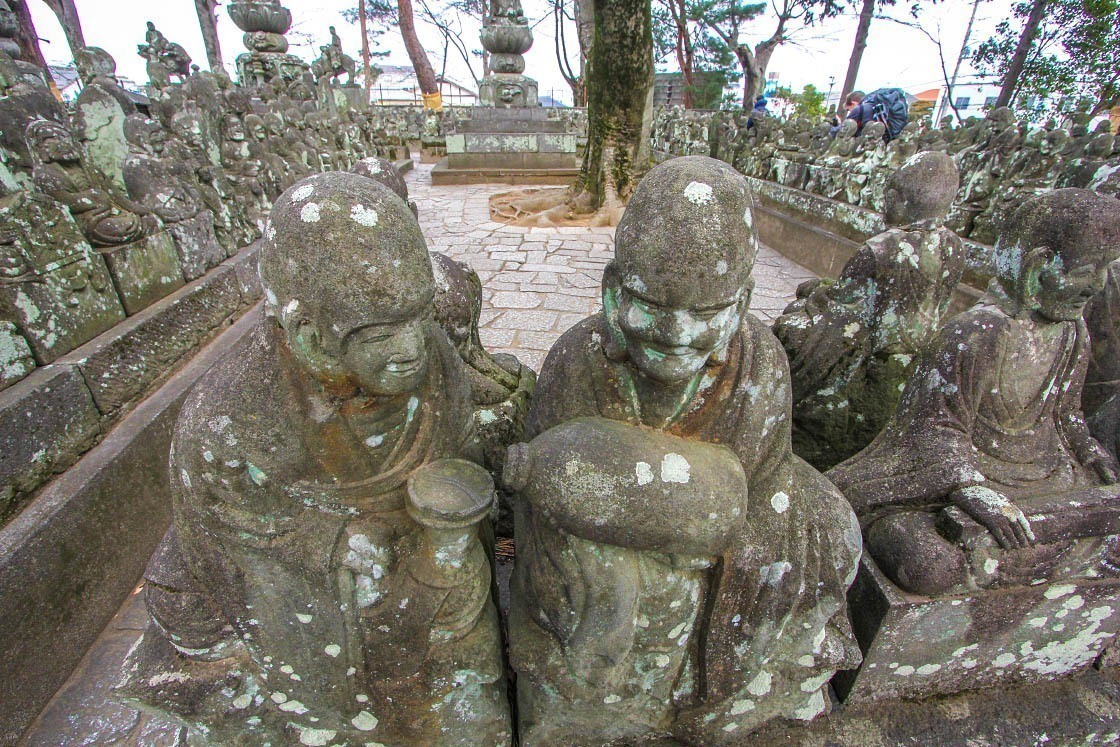
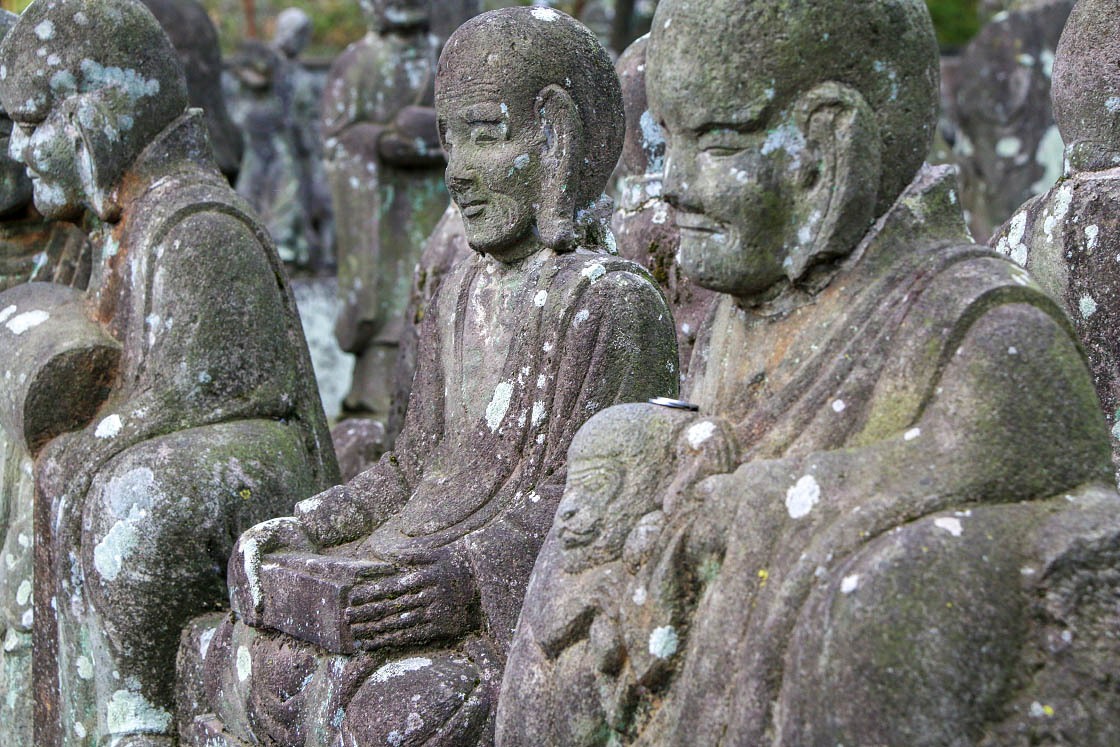
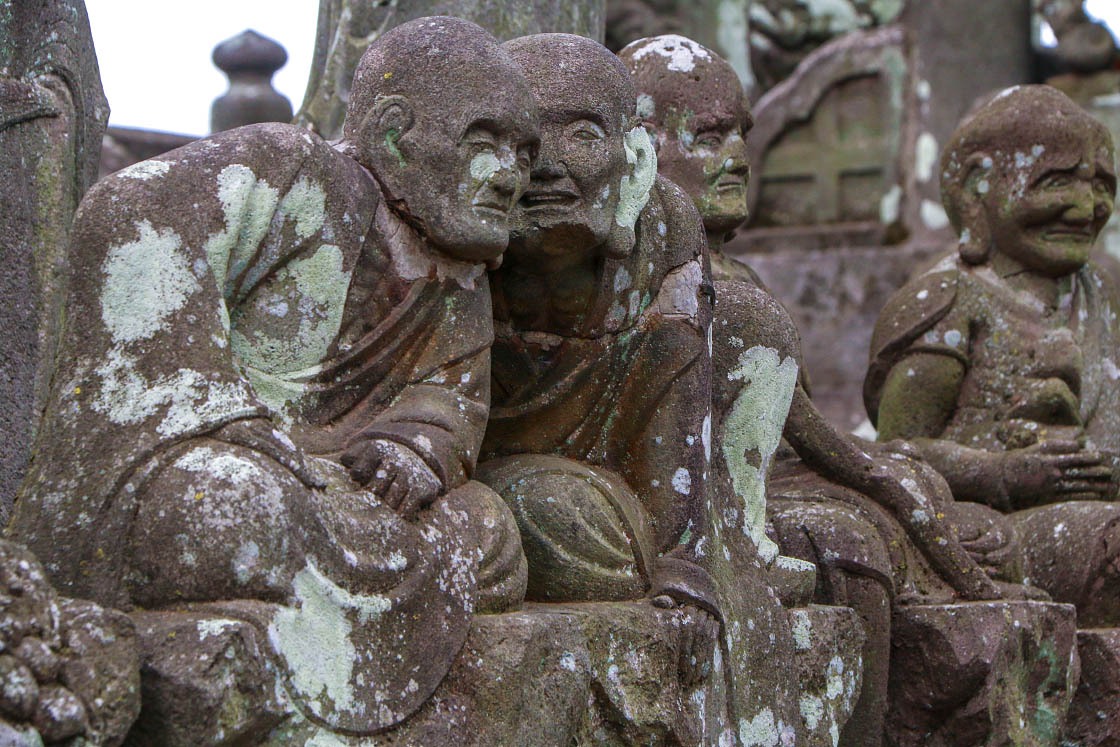
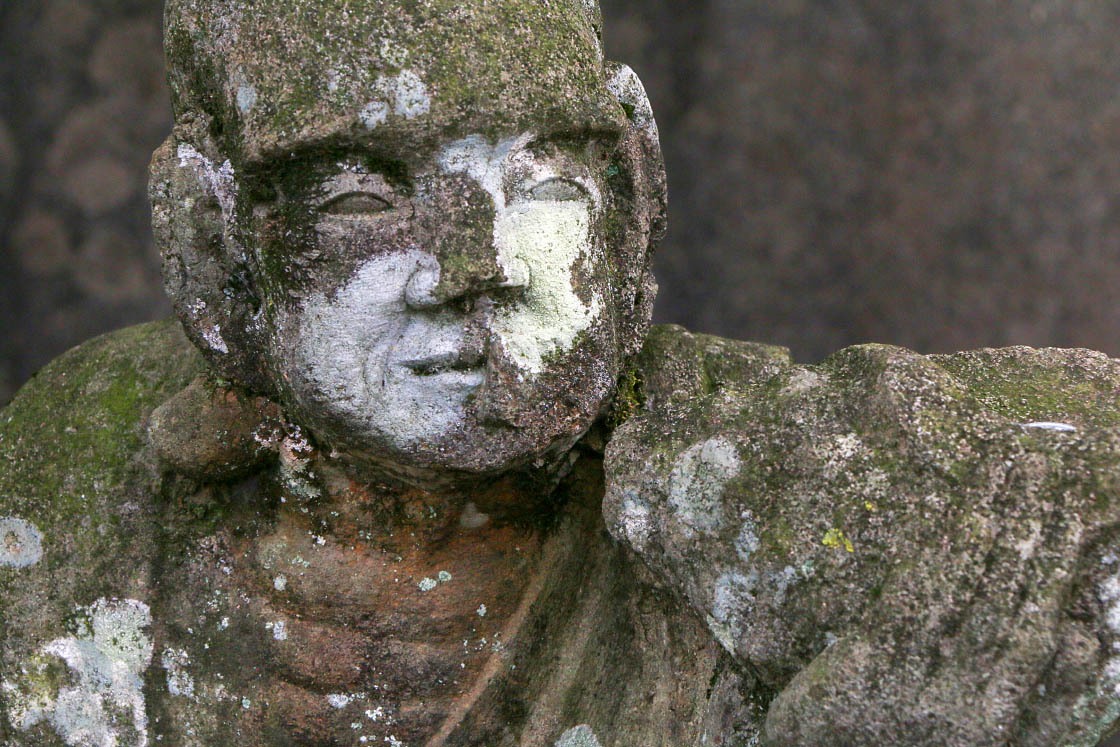
Streets full of history
After exploring Kitain, I headed to my next stop, the famous merchant warehouse district. On the way, I briefly explored a historical street of a different kind: the Taisho Roman Street. Short for "Taisho Romantic Dream Street," this atmospheric 200-meter-long street is lined with well-preserved buildings built in the Taisho Period (1912-1926). It's often used as a backdrop for television dramas and movies.
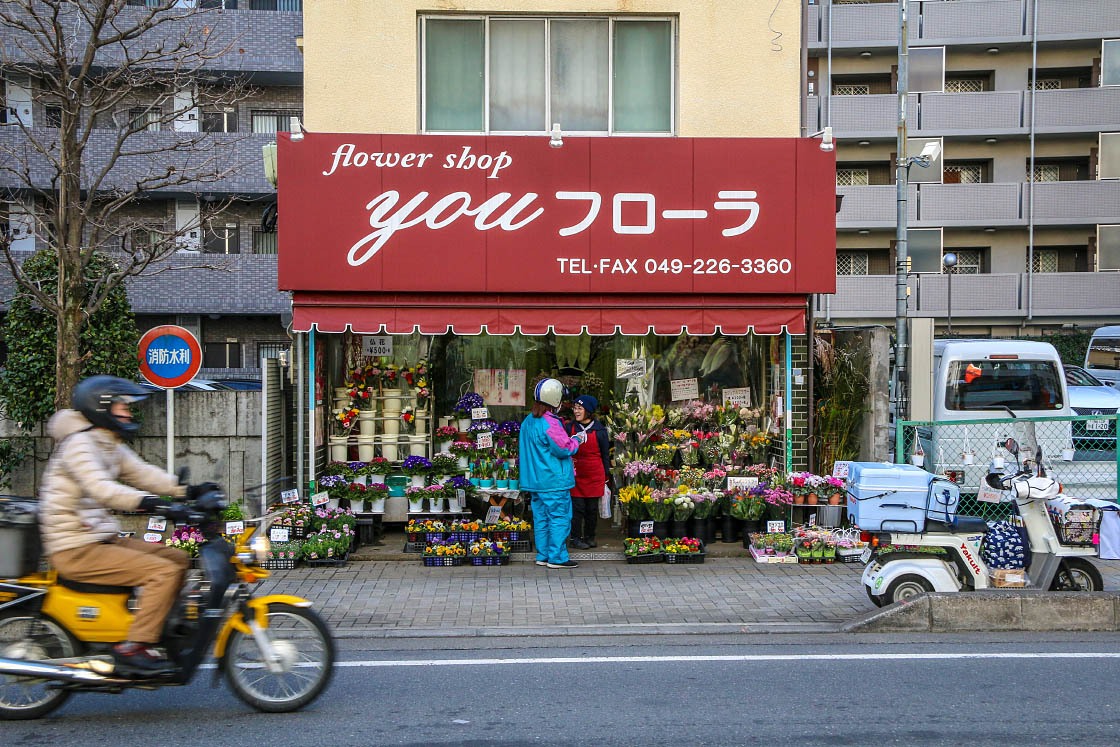
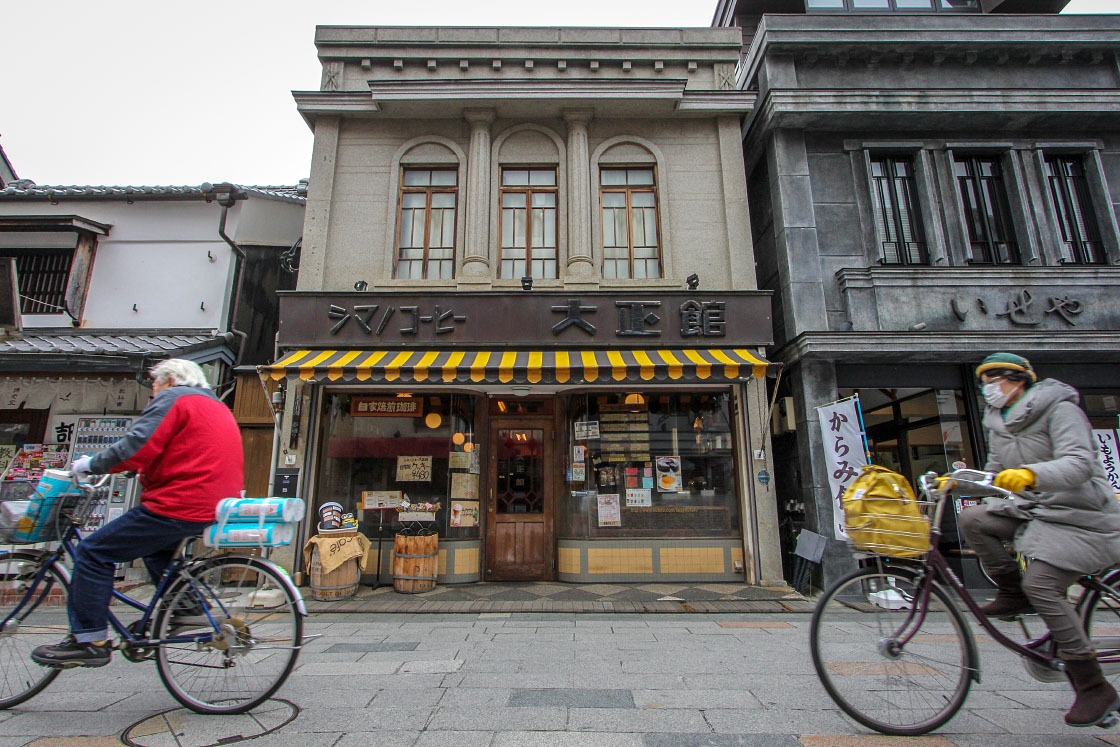
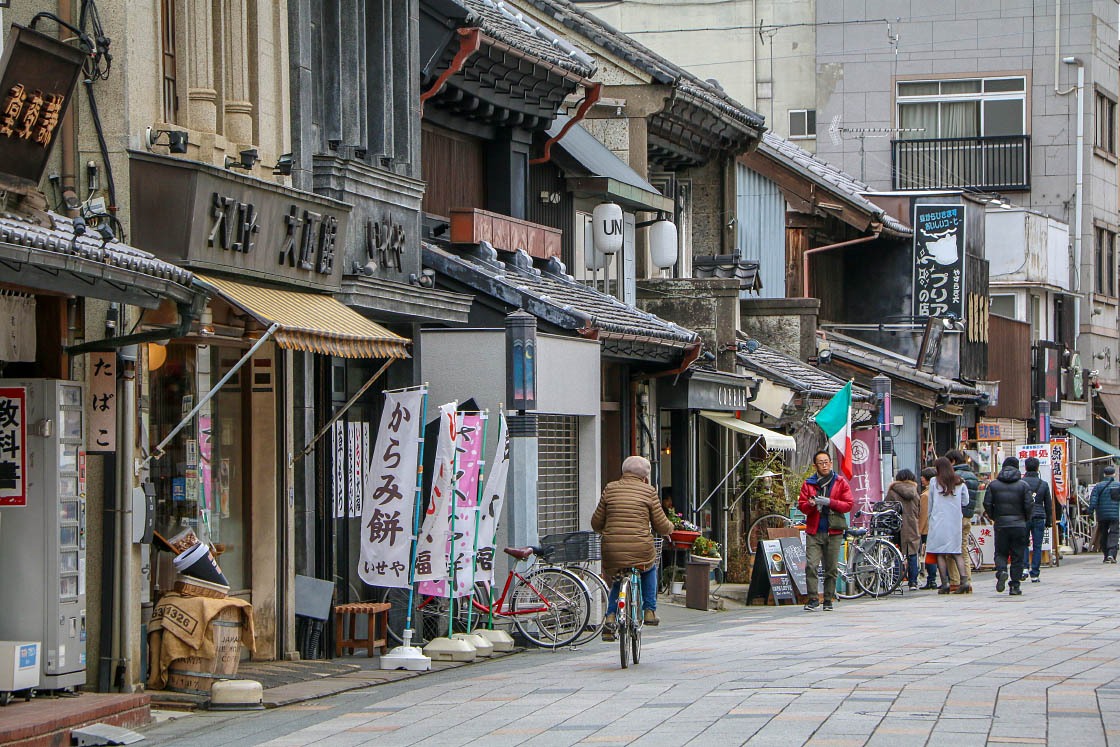

Turn just around the corner from Taisho Roman Street and you'll find yourself amongst large, stone, clay and wood buildings that are clearly from another era. The warehouse district is Kawagoe's historical heart. While the name "warehouse" is used in English, what you'll find on this street are centuries-old shops and residences made in the style of kura.
Kura were warehouses usually built from clay in order to protect the goods stored inside from fire. The way kura were built made them expensive. Merchants and wealthy families in other parts of the country rarely could afford more than one.
The merchants in Kawagoe, however, found themselves so well off that they could afford to also build their shops in this "kurazukuri" style, with opulently embellished designs to show off their status.
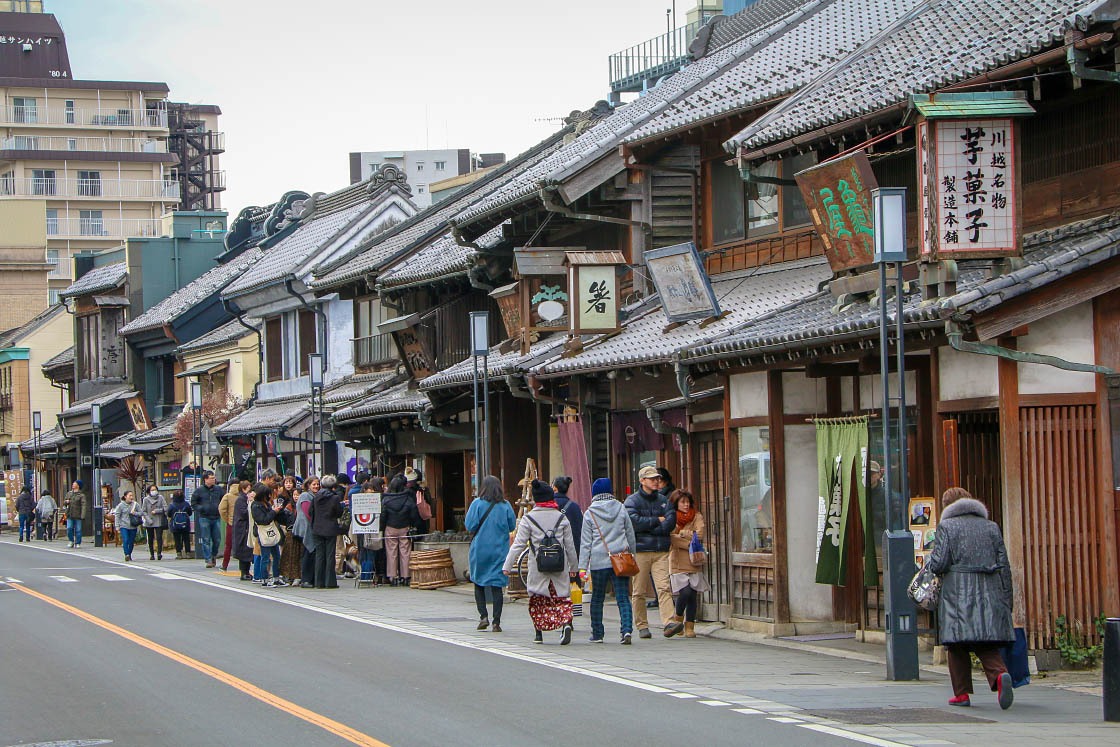
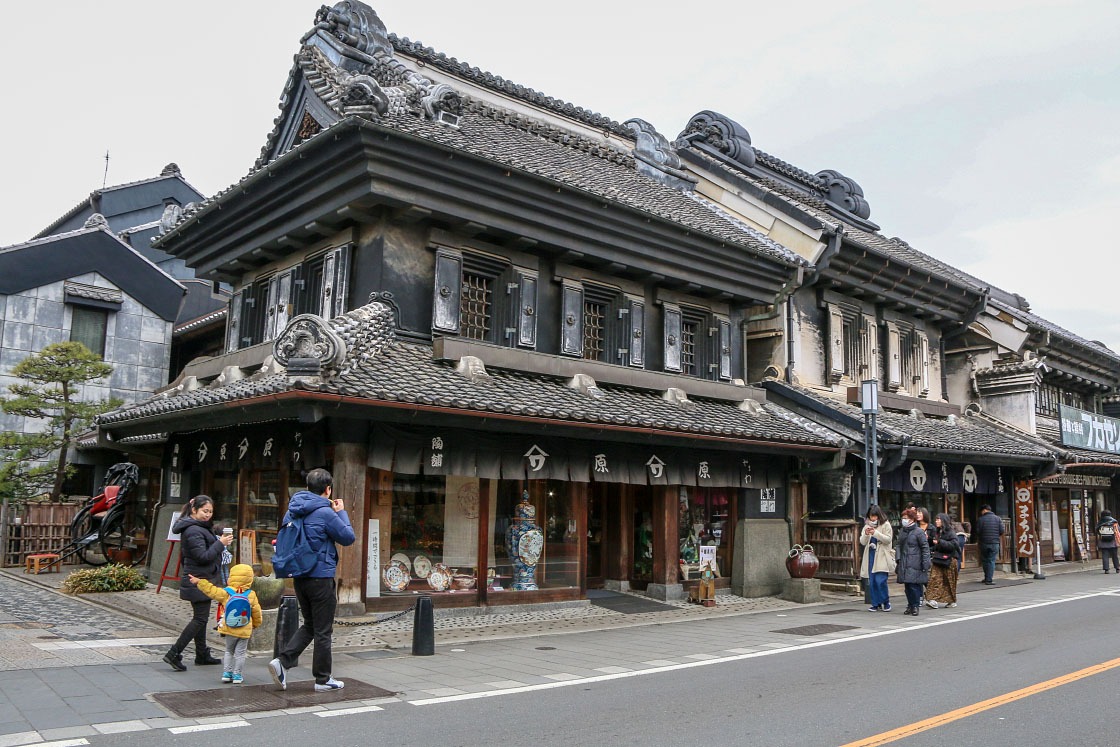
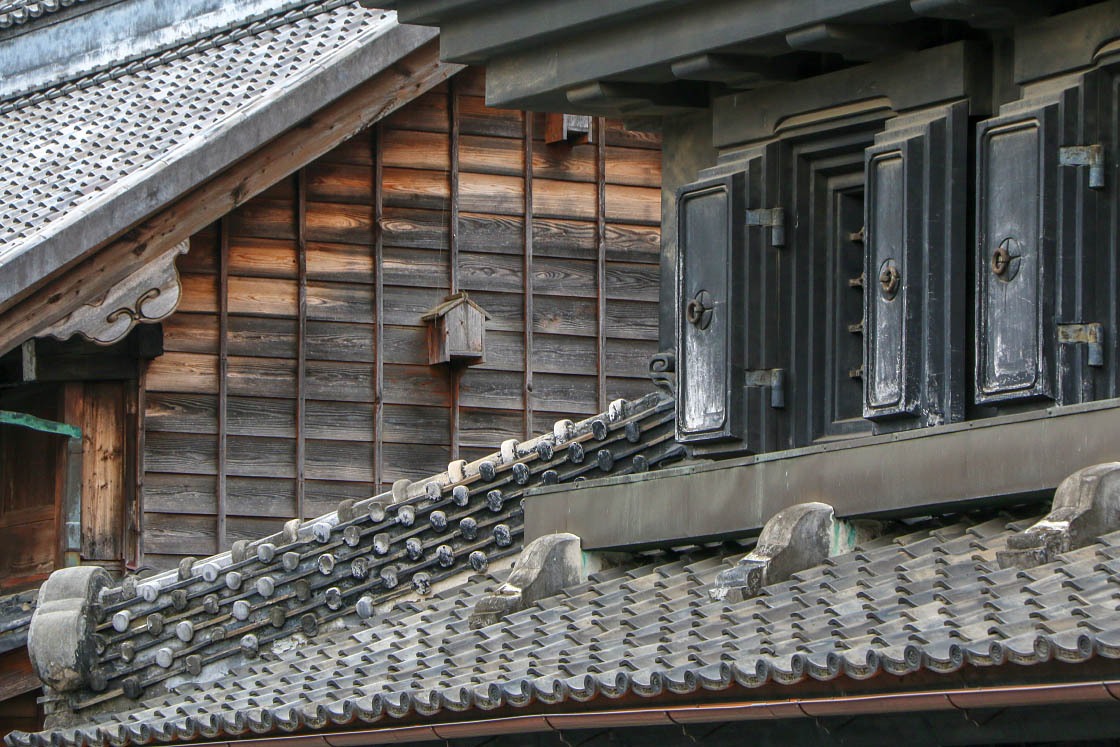
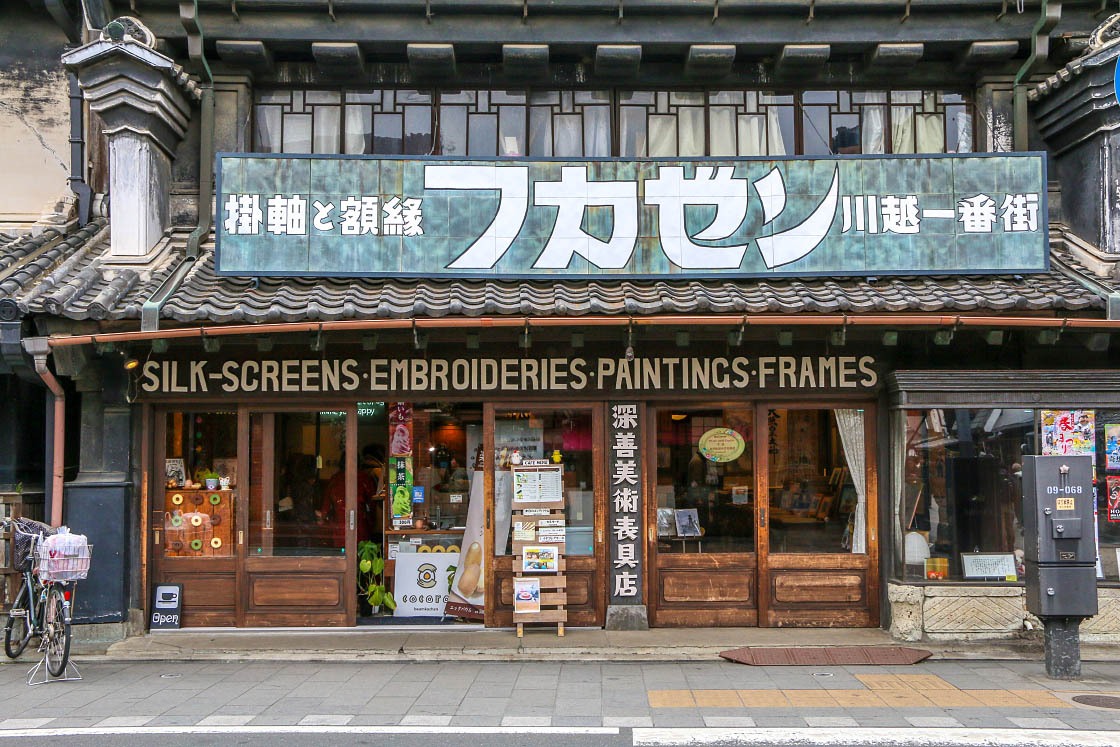
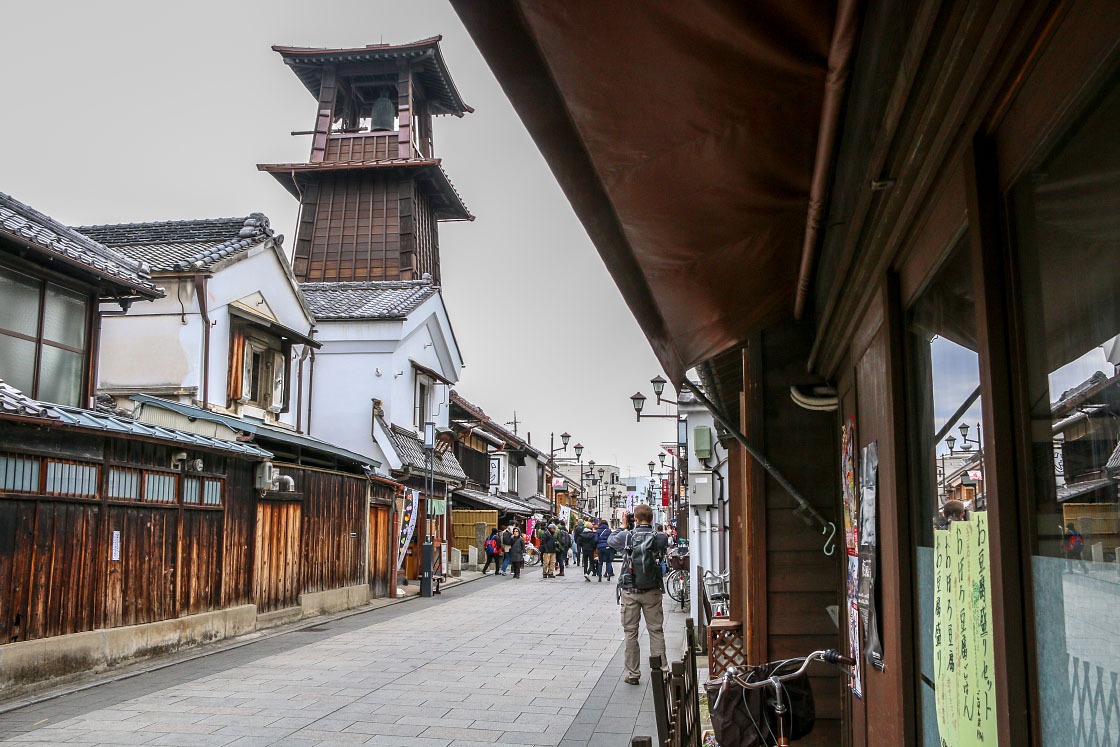
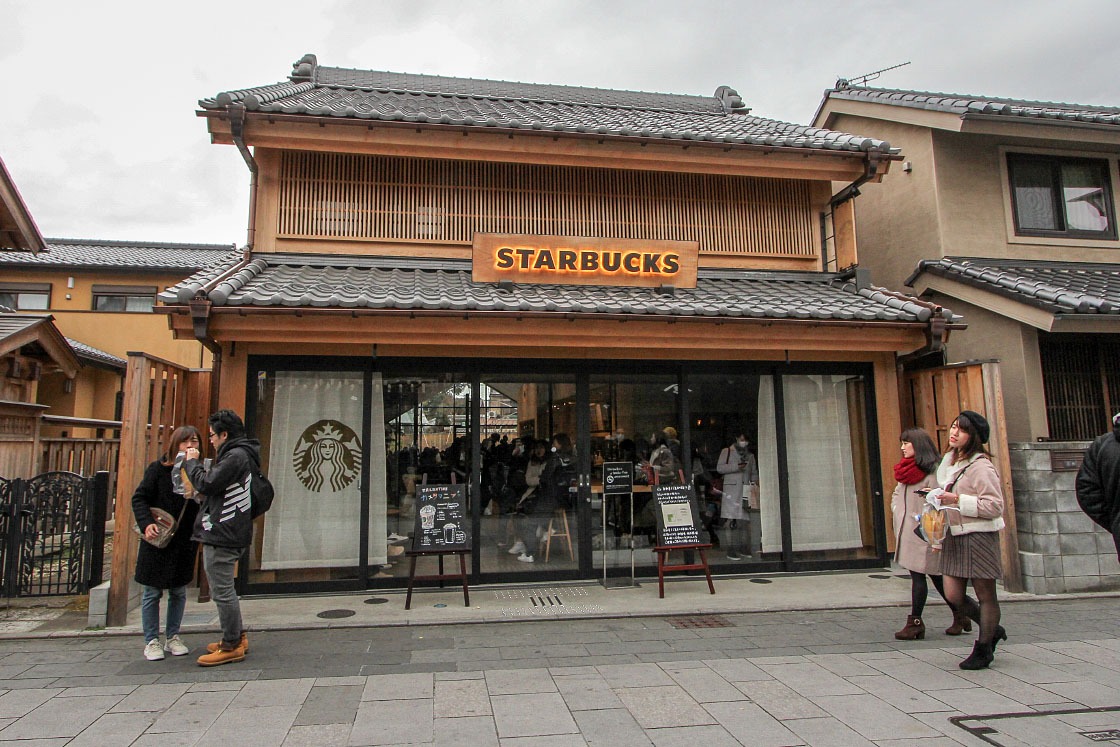
After strolling the street and sampling some free food samples from local shops, I was ready for lunch. I wandered just off the main street to a beautiful restaurant named Ryotei Yamaya. Yamaya serves traditional kaiseki ryori (course meals) as well as lighter fare, which I tried, in the elegant former residence of a particularly wealthy and influential merchant dating back to at least the late Edo Period.
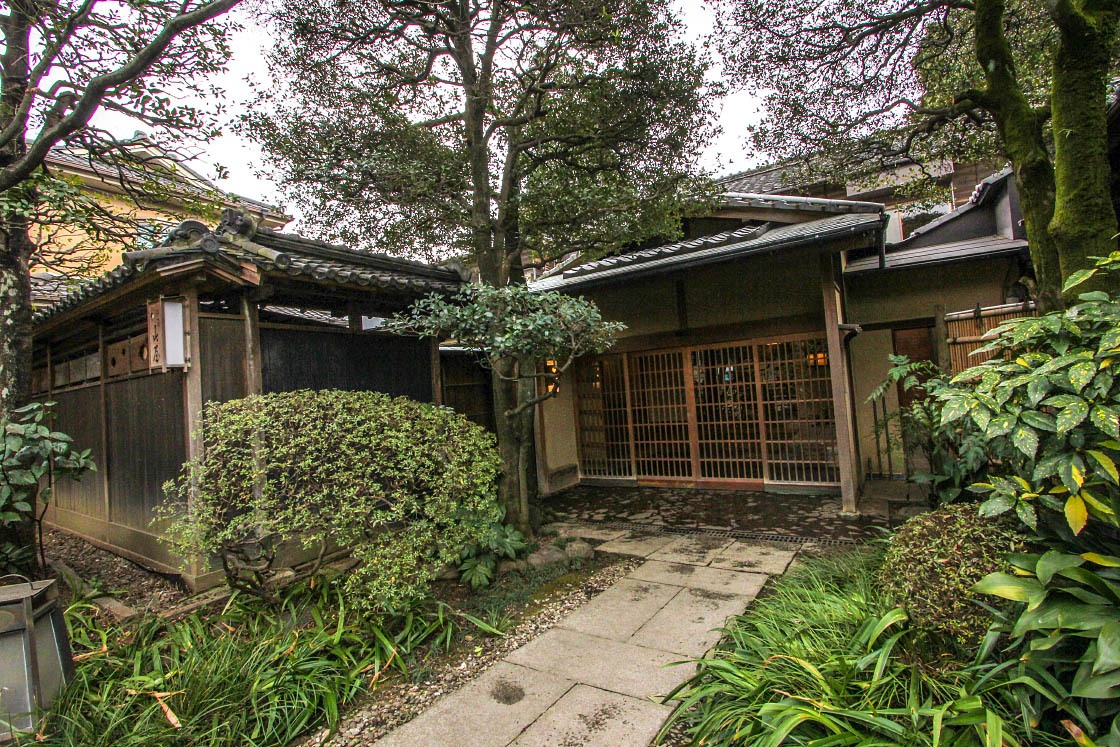
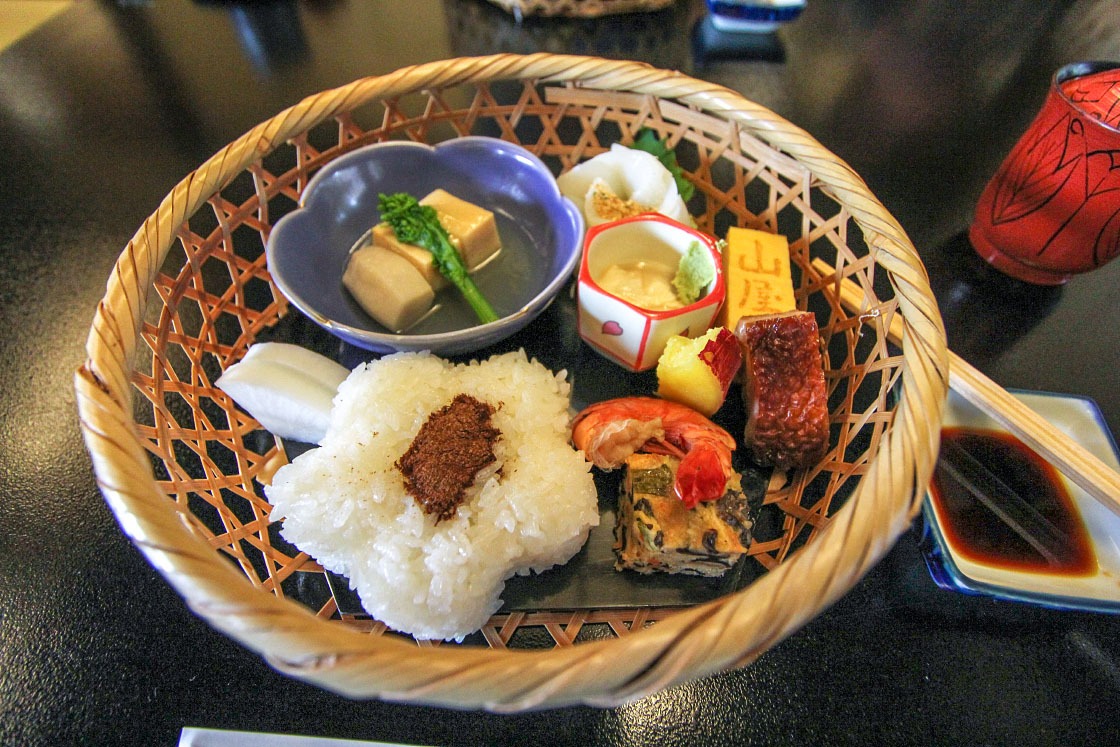
Nostalgic Candy Alley
After lunch I was ready for a little desert. Candy Alley is a tiny alley located on the north end of the warehouse district which became famous during the 1920s. After the Great Kanto Earthquake of 1923, Tokyo's sweets producers were unable to meet demands in the city, so this Kawagoe neighborhood's shops found themselves taking on the orders. At its height, over 70 shops were churning out sweets here. While only around 20 are still operating today, you can still enjoy traditional (and modern) treats here amongst the nostalgic ambience of a bustling Taisho Period street.
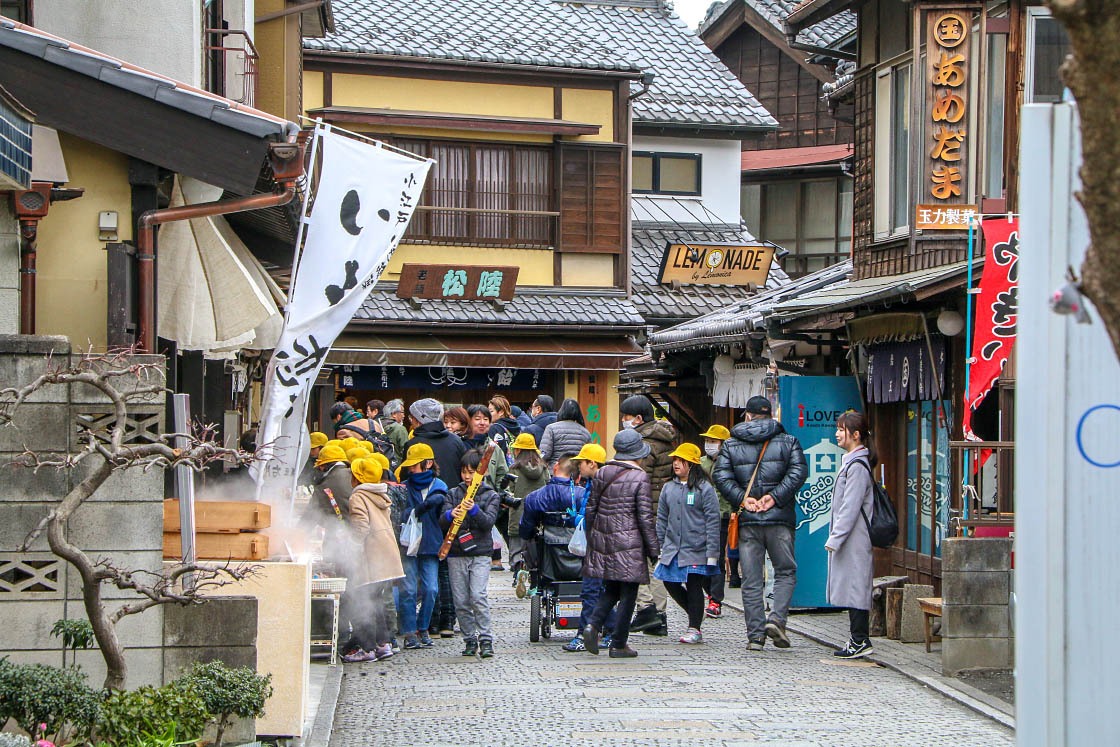
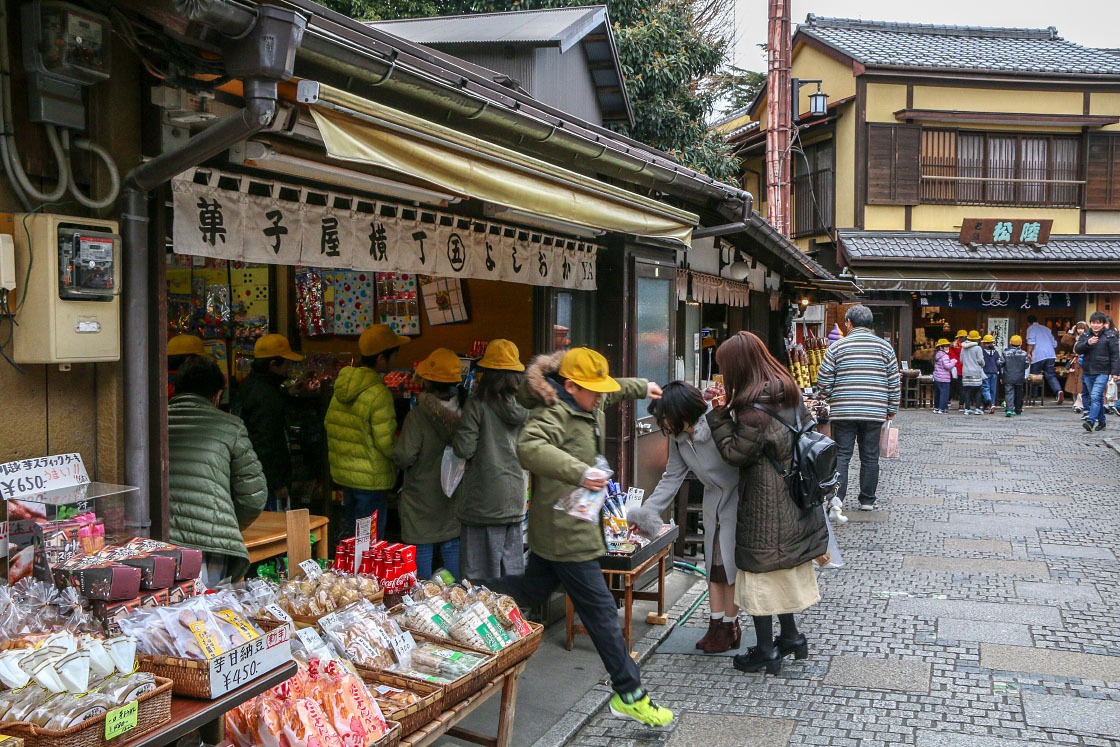
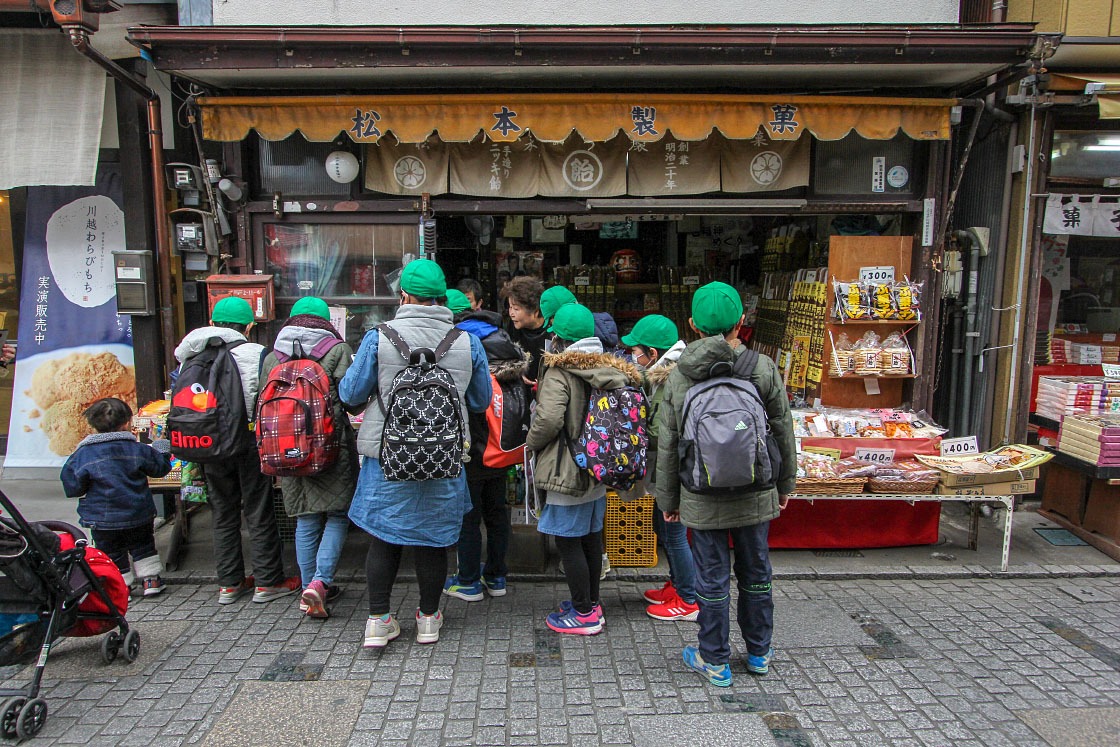
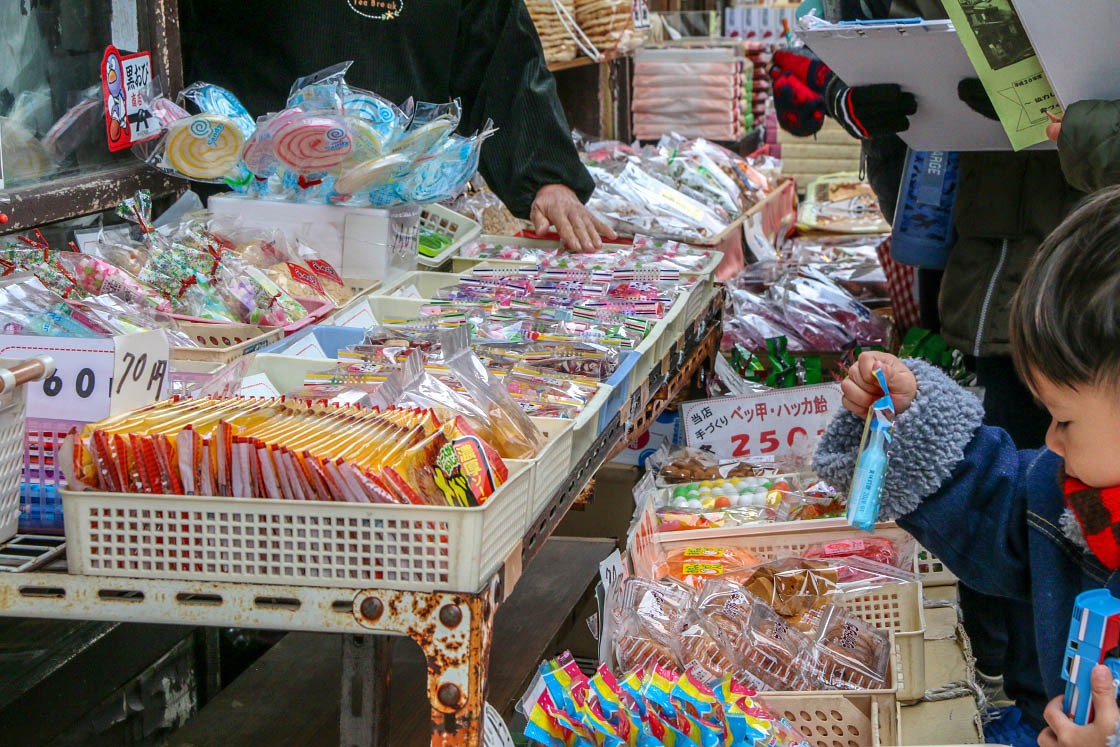
Tranquil Hikawa Shrine
My last stop for the day was to Hikawa Shrine, a peaceful shrine over 1500 years old. This Shinto shrine is especially famous as a shrine for those praying to find romantic love, housing deities considered as married couples.
While here, it's worth exploring around the grounds a little, and it can't hurt to purify yourself in a short "hitogata nagashi" ritual. Next to a small stream, you'll find some curious human-shaped papers. Purchase one, blow on it, then rub the paper on your body to cleanse yourself. Afterwards, place the paper in the stream to wash away your sins.
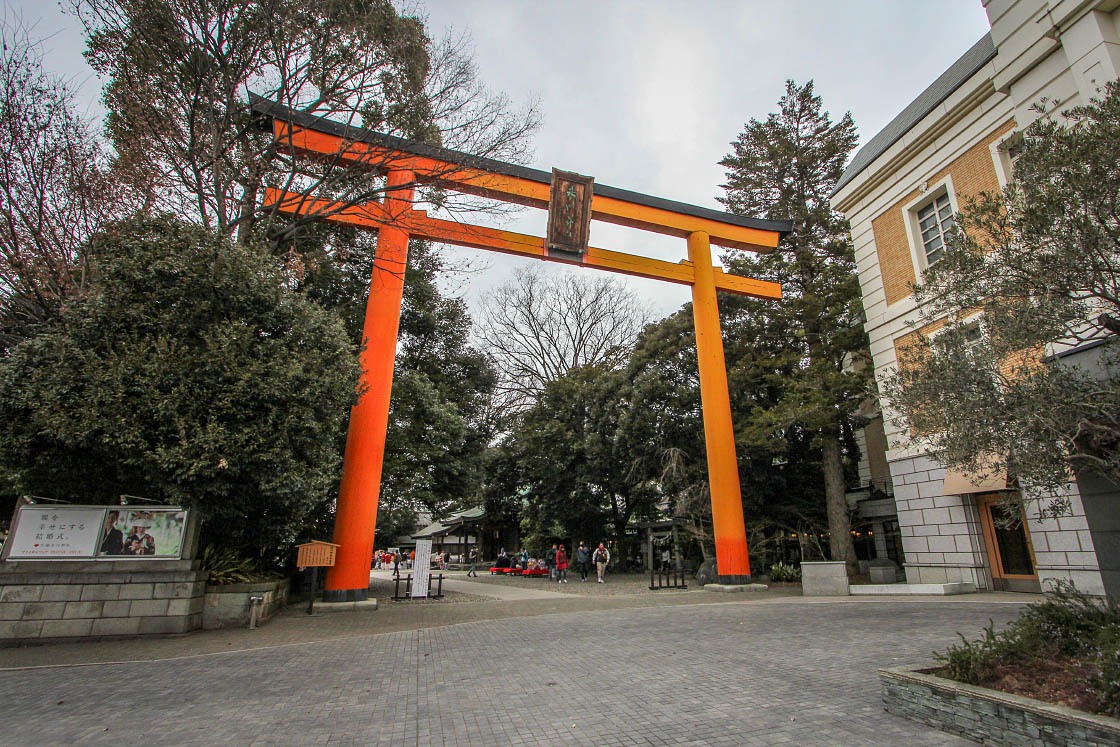
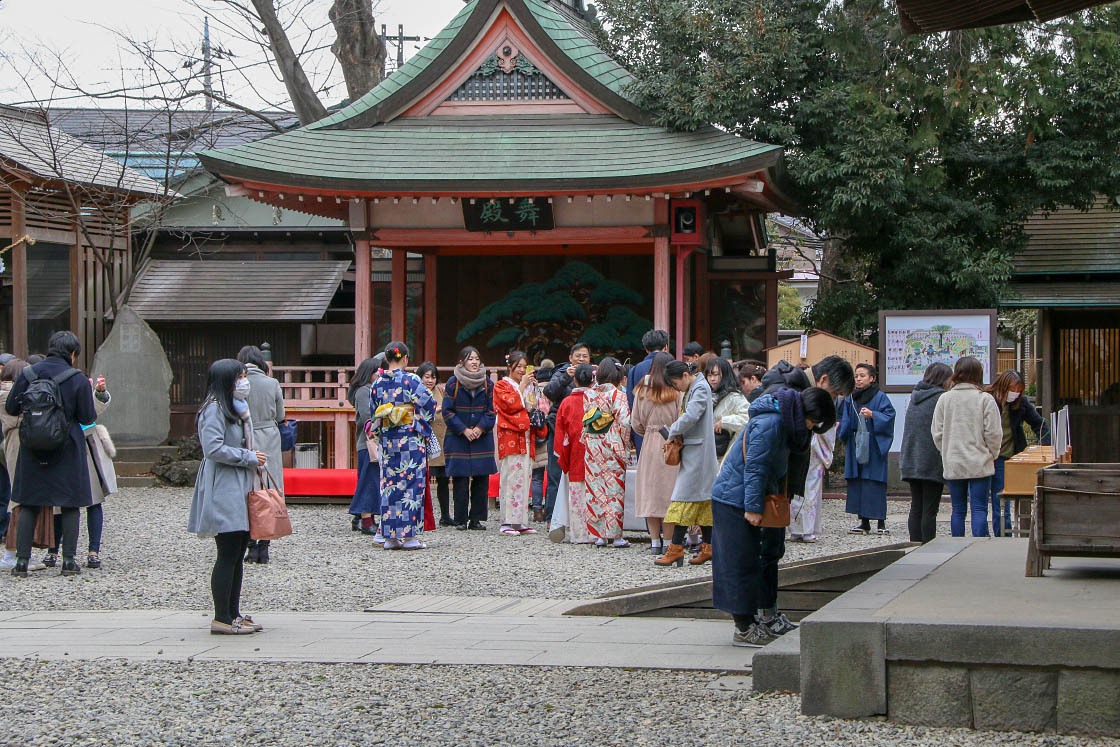
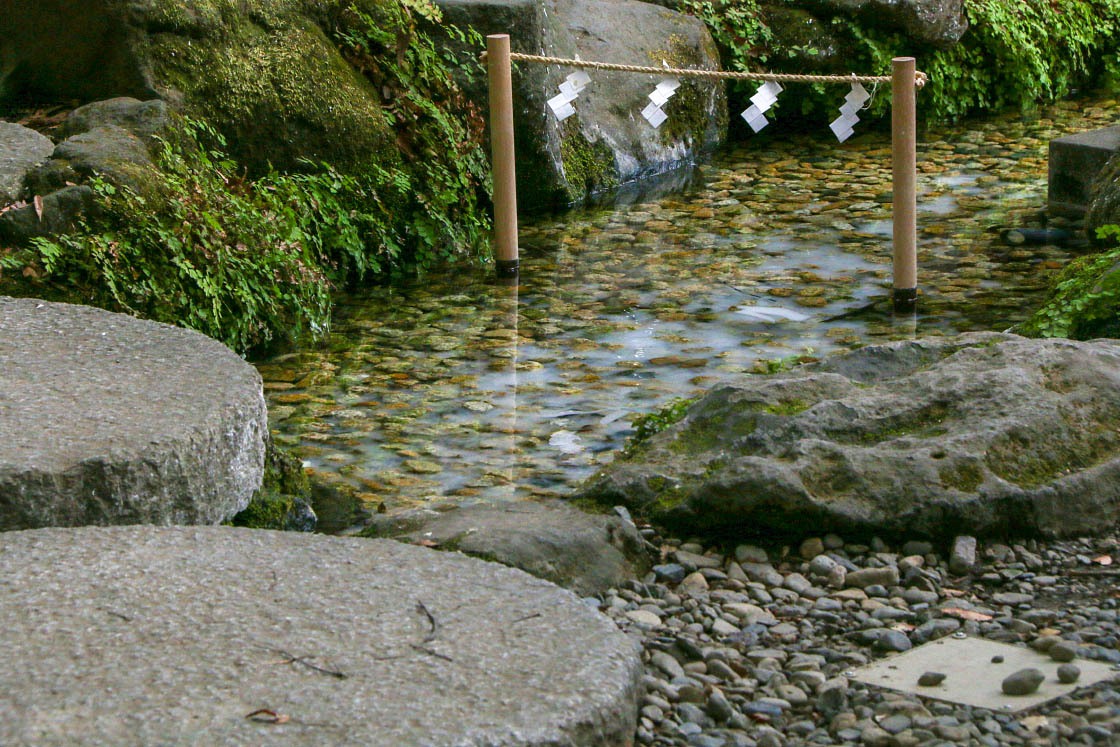
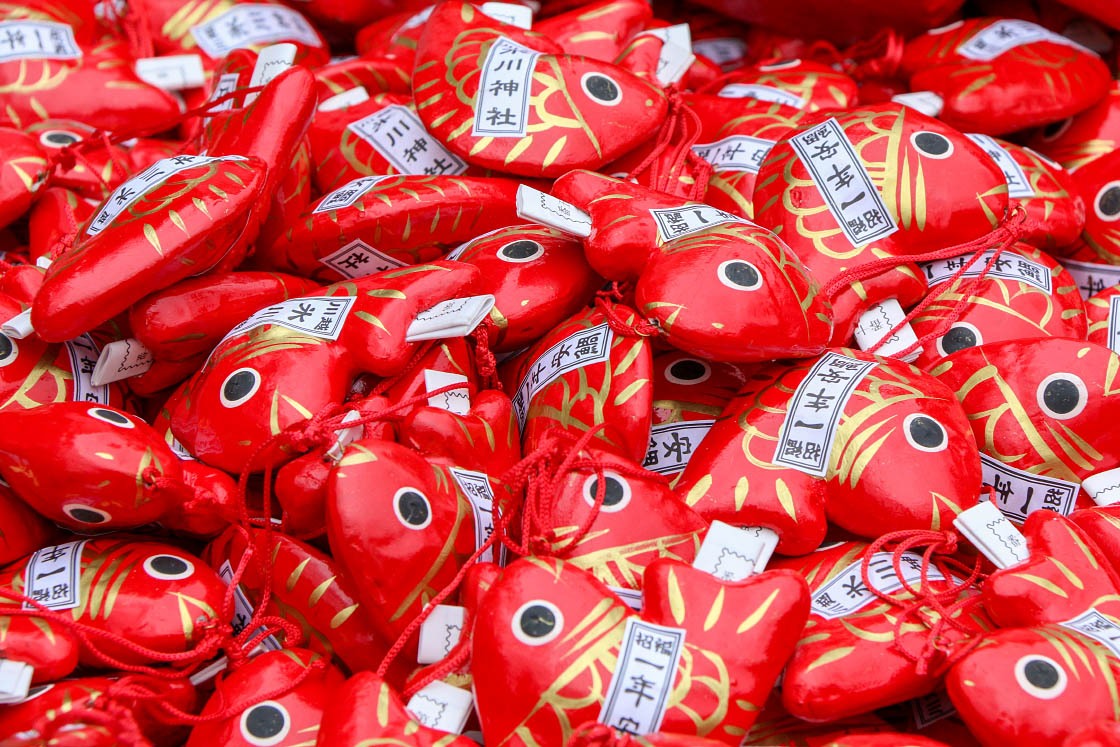
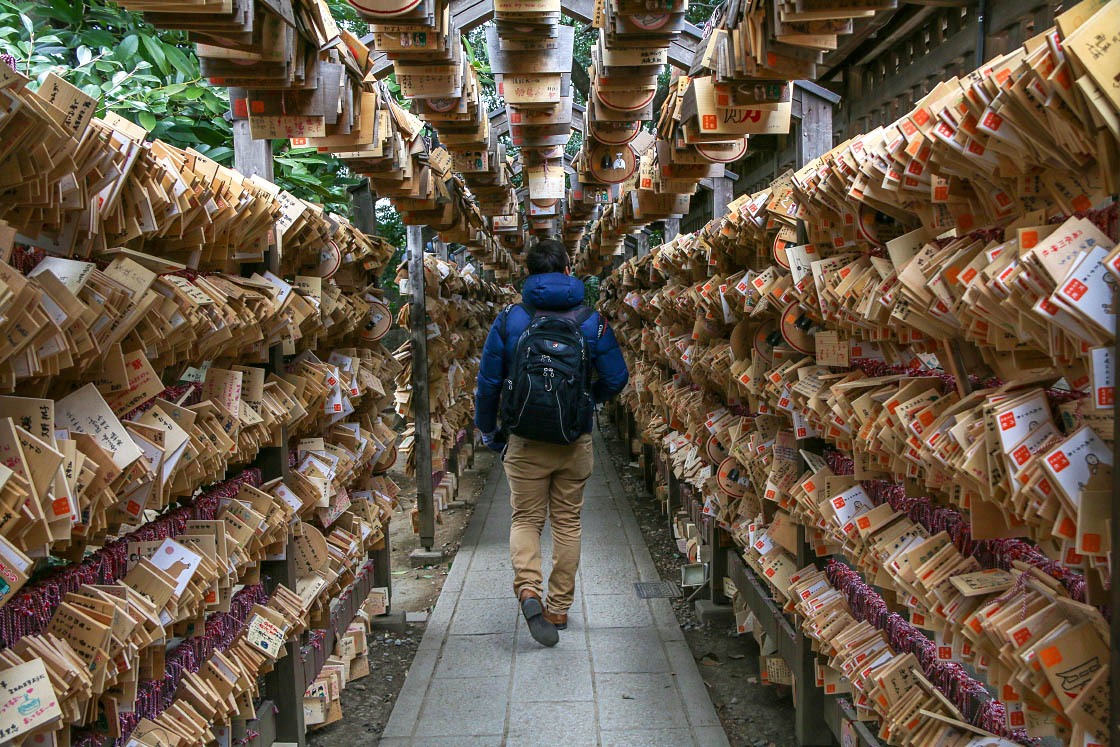
Access
From Ikebukuro Station in central Tokyo, take an express or semi express train on the Tobu Tojo Line to Kawagoeshi Station. The one way journey takes 20-40 minutes and costs 470 yen with regular departures.
The Kawagoe Discount Pass is available only to foreign visitors and offers a round trip between Ikebukuro and Kawagoe along the Tobu Tojo Line on a single calendar day, plus discounts at various shops and restaurants in Kawagoe. The pass costs 700 yen and can be purchased from the Tobu Tourist Information Center at Ikebukuro Station. There is also a premium version of the pass which costs 950 yen and allows unlimited rides on selected local buses in Kawagoe.